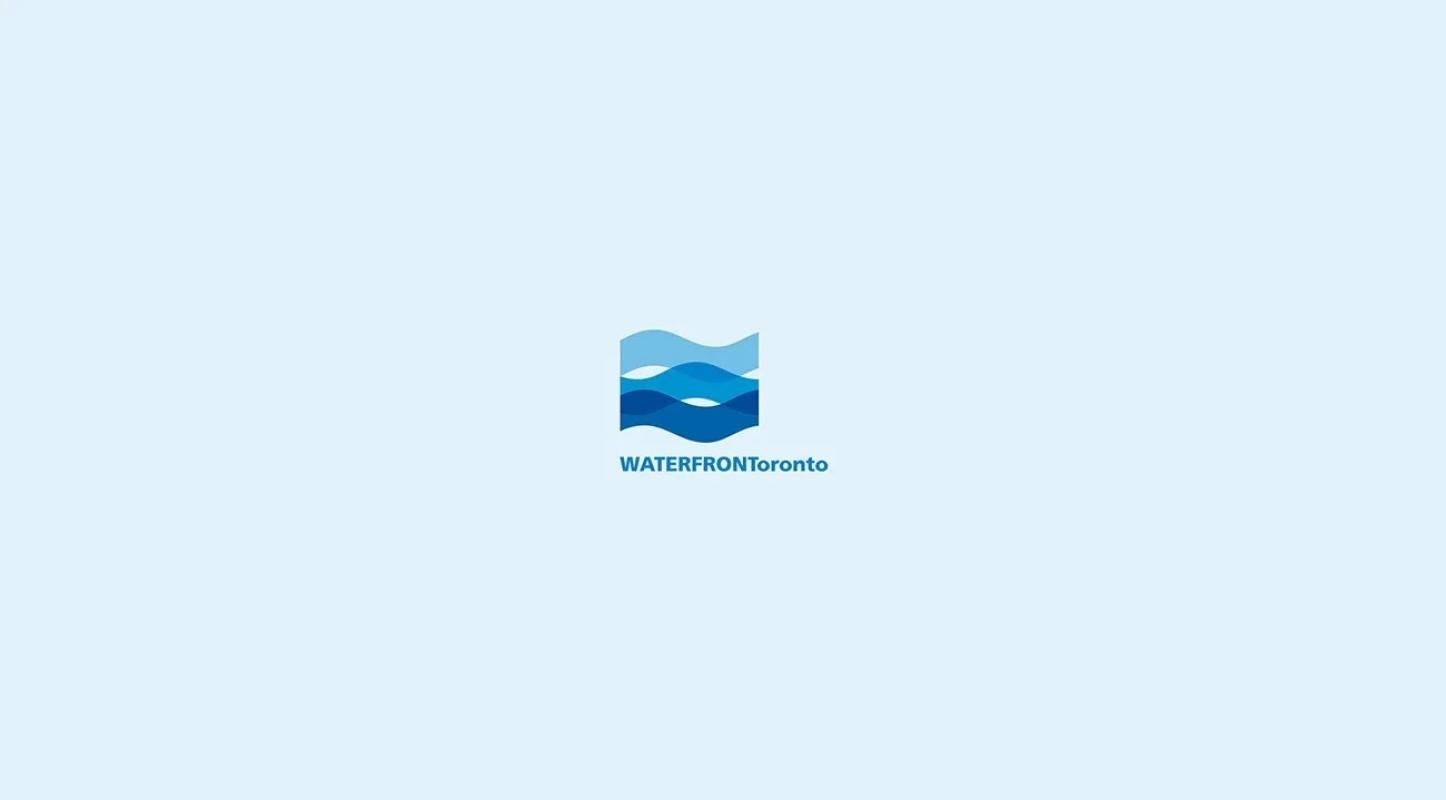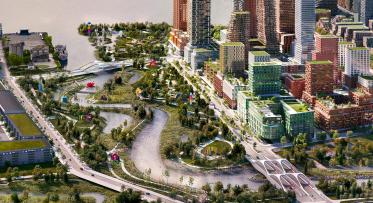Waterfront Toronto Kick-starts Central Waterfront Revitalization
Continuous waterfront access begins with construction of Spadina Head of Slip
Toronto, November 30, 2007 – Federal Environment Minister John Baird, Ontario Minister of Public Infrastructure Renewal David Caplan, Toronto Mayor David Miller and Waterfront Toronto Chair Mark Wilson today launched the start of construction of Phase One revitalization of Toronto’s central waterfront.
Officials from three levels of government were joined by children from the Waterfront School’s grade five/six class at the Spadina Head of Slip to mark the next stage of Waterfront Toronto’s commitment to reclaim the water's edge for Toronto residents and visitors. The first phase of revitalization of the central waterfront is scheduled to be ready for public enjoyment by June 2008.
Phase One revitalization will begin with the Spadina Head of Slip, adjacent to the foot of Spadina Avenue and south of Queens Quay Boulevard West. It will create a gateway to the waterfront at the foot of Spadina with the building of a 620 square metred undulating wood pedestrian deck over water, and will link the Music Garden and HtO Park. The construction will entail hoarding fitted around the site and will involve dock-wall repairs, in-water fisheries habitat construction, deck installation and landscape improvements.
Phase One will also include the creation of publicly accessible space at Portland, Rees and Simcoe Streets. The formation of a continuous water’s edge promenade and redesign of Queens Quay Boulevard between Bathurst and Parliament Streets is a vital element of the design by West 8 + DTAH. Selected during Waterfront Toronto’s 2006 design competition, the design covers the three-kilometre area between Bathurst Street and Parliament Street and will create continuous public access from Bathurst to Parliament, establish gateways at the heads of slips and complete the Martin Goodman Trail through the central area.
“Our Government believes in investing in the urban renewal of Toronto – both traditional infrastructure and parks and green spaces,” said Minister Baird. “We support efforts to create more livable and sustainable cities such as the work being done on Toronto’s waterfront which will result in real benefits for this city and will help ensure Canada’s continued success in the global economy.”
As part of its commitment to environmental sustainability, Waterfront Toronto will work closely with the Toronto and Region Conservation during Phase One construction to implement the Toronto Waterfront Aquatic Habitat Restoration Strategy (TWAHRS). The goal of the strategy is to connect the recovery of Toronto’s waterfront with improvements in aquatic ecology. The work will feature sustainability projects such as a new storm water management system and pontoons for the floating piers designed to enhance fish habitat and improve water quality.
“Today marks the beginning of a new phase of redevelopment with the construction of a new waterfront gateway, and the creation of an exciting new publicly accessible space at the water’s edge,” said Minister of Public Infrastructure Renewal David Caplan. “Together, we are creating a new public space on the waterfront that continues the McGuinty government’s plan to re-invest in Toronto, to rebuild a healthier, stronger future for the city and the province.”
At public meetings and through their voting during the design competition, Torontonians showed their overwhelming support for the West 8 visionary plan, which modernizes the city’s landscape by providing Toronto with a waterfront that is functional and sustainable. The design shifts traffic to the north side of the streetcar tracks leaving four metres on the south side for the completion of the Martin Goodman Trail through the central area along the waterfront. Two rows of large, native trees will frame the trail and the promenade, creating a new “green foot” for Toronto along Queens Quay Boulevard and beautifying the water’s edge. The winning design is currently the subject of a formal Environmental Assessment examining the future redesign of Queens Quay Boulevard.
“The Spadina Quay platform construction is the first of a series of heads of slip enhancements aimed at widening and connecting the water’s edge for the enjoyment of all Torontonians,” said Toronto Mayor David Miller. “I am delighted to see the vision of a connected promenade unfolding and look forward to the day when Torontonians will be able to comfortably stroll along the full stretch of the harbour’s edge enjoying remnants of the City’s heritage, waterfront amenities and marine activities both on water and on land.”
Waterfront Toronto recently earned distinguished awards for its Central Waterfront Master Plan at the 2007 Toronto Urban Design Awards. This in addition to the very successful Central Waterfront Innovative Design Competition affirms the importance of innovative and creative design on Toronto’s waterfront.
“The transformation of the heads of slip, starting with Spadina, gives the water’s edge back to the people, and connects and beautifies the waterfront for all Torontonians,” said Mark Wilson, Chair, Waterfront Toronto. “The efforts of many people have come together to make today’s event significant. From the children who are witnessing our commitment to their future, to the politicians who are supporting this initiative, Toronto should be proud and optimistic about their waterfront’s future.”
The Government of Canada, the Province of Ontario and the City of Toronto created Waterfront Toronto to oversee and lead the renewal of Toronto’s waterfront. Public accessibility, design excellence, sustainable development, economic development and fiscal sustainability are the key drivers of waterfront revitalization.
-30-
Media contact:
Tanya Bevington, Waterfront Toronto
Eric Richer, Office of the Minister, Environment Canada
Amy Tang, Ontario Ministry of Public Infrastructure Renewal, Minister’s Office
Don Wanagas, City of Toronto, Mayor's Office




